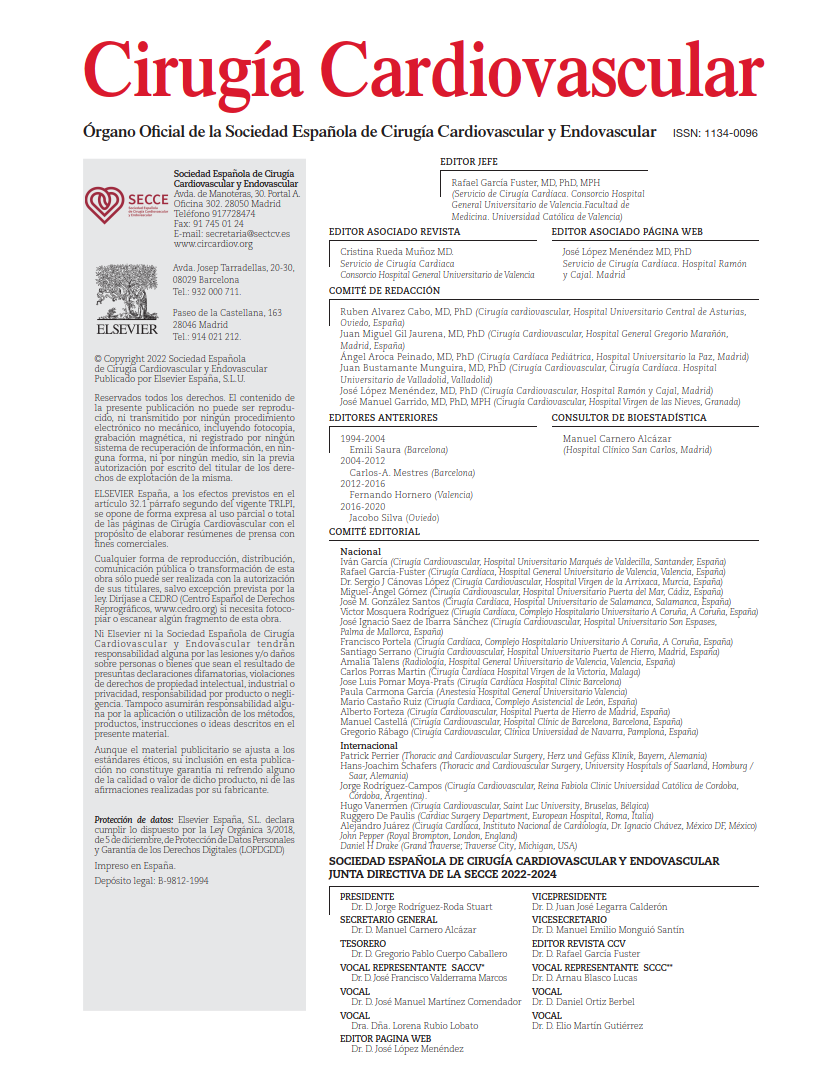Ischemic heart disease remains the leading global cause of heart failure. Surgical coronary revascularization continues to offer a proven survival benefit in patients with left ventricular dysfunction. These patients are typically subjected to extensive preoperative evaluation, including assessment of myocardial viability, as the presence of hibernating myocardium had long been considered a key determinant in selecting surgical candidates. However, this paradigm was challenged following the publication of the STITCH and PARR-2 trials, which demonstrated that myocardial viability assessment did not significantly influence prognosis—mortality and cardiovascular event rates were comparable between patients who had undergone SPECT or PET-guided revascularization and those who had not.
Currently, the most sensitive imaging modality for detecting myocardial viability is fluorine-18-fluorodeoxyglucose positron emission tomography (FDG-PET), whereas late gadolinium enhancement cardiac magnetic resonance (LGE-CMR) remains the most specific tool for identifying and quantifying focal ischemic fibrosis. The combined use of these imaging techniques can be particularly useful in evaluating patients with ischemic left ventricular dysfunction.
This study cohort was derived from a single center in Beijing and included all patients with coronary artery disease diagnosed by coronary angiography or coronary computed tomography angiography, who underwent viability assessment by FDG-PET and LGE-CMR between 2015 and 2018. Exclusion criteria included: acute coronary syndrome, more than 3 months between imaging studies, left ventricular ejection fraction (LVEF) >50%, patients who had undergone or were listed for cardiac transplantation, those with any history of percutaneous coronary intervention (PCI), incomplete medical records, or low-quality imaging. A total of 507 patients were ultimately included. Of these, 212 received medical therapy alone, while 295 underwent surgical coronary artery bypass grafting (CABG) in addition to medical therapy.
The primary outcome was all-cause mortality throughout the follow-up period. The secondary endpoint was a composite of cardiovascular death, hospital readmission, cardiac transplantation, urgent revascularization, defibrillator–cardiac resynchronization therapy implantation, and stroke. During a mean follow-up of 72 months, 98 all-cause deaths occurred among the 507 patients (68 in the medical therapy group and 30 in the CABG group). Secondary endpoint events were more frequent in the medical therapy group than in the CABG group (109/212 vs 89/295, respectively).
A univariate Cox regression analysis was performed to establish the optimal cutoff thresholds for hibernating myocardium (as detected by PET) and the extent of fibrosis (as detected by CMR). The analysis identified >10% hibernating myocardium on PET and <26% fibrosis on CMR as the thresholds associated with greater benefit from revascularization. Patients were stratified into four subgroups accordingly: (>10% hibernation and <26% scar), (<10% hibernation and <26% scar), (>10% hibernation and >26% scar), and (<10% hibernation and >26% scar). Following statistical analysis comparing medical therapy alone versus surgical revascularization plus medical therapy, all subgroups benefited from revascularization in terms of all-cause mortality. The subgroup with the greatest extent of hibernation and the least amount of scar showed the most pronounced survival benefit, with a hazard ratio (HR) of 0.08; p < .001. Secondary outcomes were also more favorable in the revascularization group. Sensitivity analysis confirmed the robustness of these results across all subgroups, indicating a consistent benefit of revascularization over medical therapy, irrespective of the combination of hibernating myocardium and scar burden.
Thus, preoperative myocardial viability testing in patients indicated for coronary revascularization may not influence surgical decision-making, although it may provide prognostic insight. Consequently, values derived from such imaging should not dictate management strategy but may offer useful guidance for long-term therapeutic planning.
COMMENTARY:
This topic remains both controversial and surprising, as the notion that chronically ischemic myocardium undergoes metabolic and physiological adaptation—ultimately progressing to irreversible cellular damage and fibrosis—has been widely accepted.
The authors hypothesized that greater benefit from revascularization would be expected in patients with more extensive hibernating myocardium and limited scarring in the distal myocardial bed. However, this study aligns with the conclusions of the STITCH and PARR-2 trials, which questioned the added value of PET/SPECT-guided selective revascularization by demonstrating no significant prognostic differences. These findings resonate with data from the REVIVED-BCIS2 trial, which compared PCI to medical therapy in patients with ischemic ventricular dysfunction and found no correlation between viable myocardium extent and mortality reduction. Nevertheless, unlike REVIVED-BCIS2 or ISCHEMIA, this study again shows that surgical myocardial revascularization in stable patients was associated with improved outcomes over medical therapy.
Three key messages can be drawn from this article:
- Hibernating myocardium and focal scar often coexist in chronic ischemic heart disease and must be assessed distinctly. Unlike previous large viability trials, this study utilized LGE-CMR alongside nuclear imaging, highlighting the methodological simplification of earlier studies that failed to account for the extent of ischemic fibrosis when making clinical decisions.
- Surgical treatment yields superior mid-term outcomes compared with medical therapy in patients with ischemic left ventricular dysfunction. This consistency with earlier trials underscores the therapeutic value of CABG. The authors note that contemporary pharmacologic options were not available during either the earlier trials or this study, suggesting that modern medical therapy might reduce—but not eliminate—the benefit gap. Still, even with potent drugs, the most effective treatment for ischemic cardiomyopathy remains “warm, oxygenated blood reaching the distal coronary bed.”
- Whenever possible, revascularization should be considered, regardless of viability findings. The ongoing debate between surgery and PCI reflects two fundamentally different approaches to restoring coronary blood flow. Despite each method’s merits and limitations, this study reinforces existing evidence that favors surgery in anatomically appropriate candidates with left ventricular dysfunction, particularly over both medical therapy and PCI in class I indications.
Studies like this may help reduce the use of costly adjunctive imaging that, ultimately, may not significantly impact clinical outcomes. Surgical coronary revascularization remains a valuable and effective strategy to halt or reverse maladaptive remodeling caused by chronic ischemia and should continue to be the primary approach in many patients.
REFERENCE:
Song S, Han X, Ma X, Wang X, Yan C, Wang L, Fang W. Impact of Myocardial Hibernation and Scar on Benefits From CABG in Ischemic Left Ventricular Dysfunction. Ann Thorac Surg. 2025 May;119(5):1001-1010. doi: 10.1016/j.athoracsur.2025.01.011.



